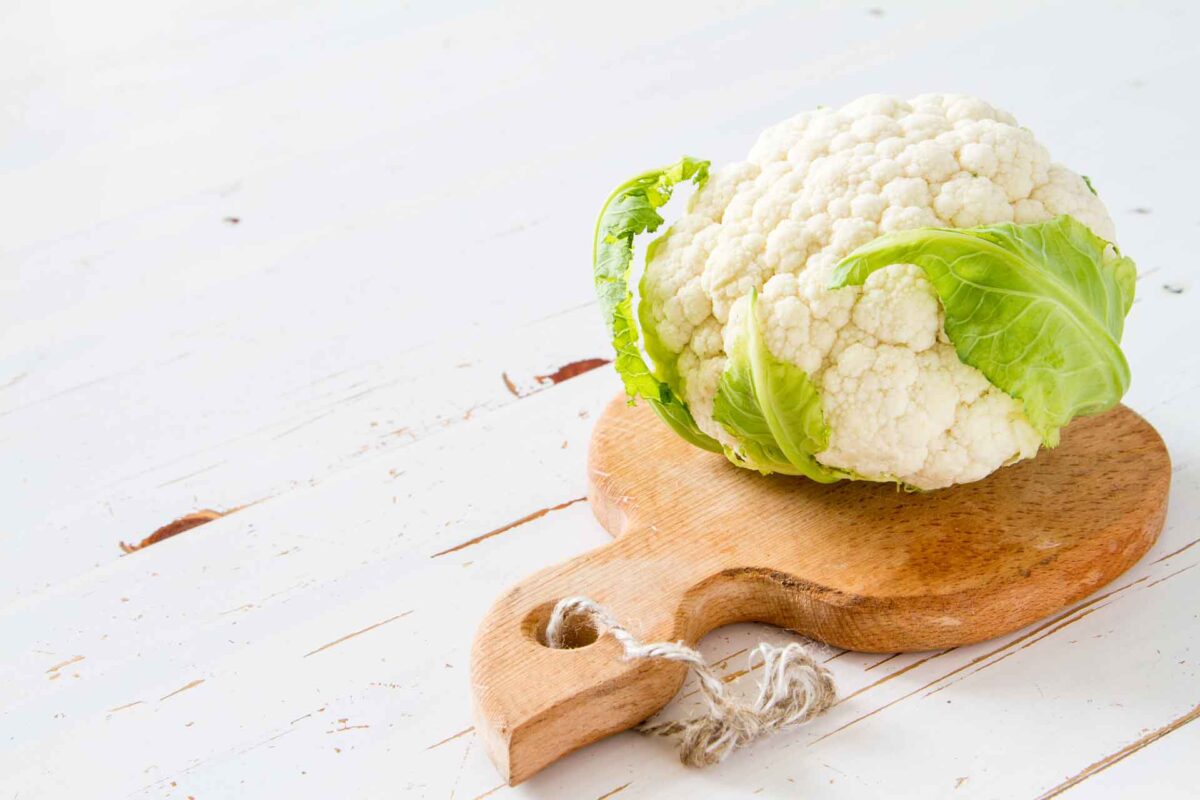With health-conscious choices becoming increasingly important, reevaluating our dietary habits stands as a pivotal step towards better well-being.
The shift from traditional rice to cauliflower rice presents an excellent opportunity to reduce calorie intake while enjoying flavorful, satisfying meals. By embracing cauliflower rice as a versatile and nutrient-packed alternative, individuals can embark on a journey toward a healthier, more balanced lifestyle—one delicious meal at a time.
Understanding the Swap: Rice vs. Cauliflower Rice
Rice, a staple in many diets worldwide, carries a high carbohydrate content, containing around 200 calories per cup. On the other hand, cauliflower rice, made by pulsing cauliflower florets into rice-sized pieces, contains 25-30 calories per cup and is a very nutrient-dense alternative. Its mild taste and versatile nature make it an ideal substitute in various dishes, accommodating different dietary preferences, including low-carb, keto, and gluten-free diets.
Nutritional Benefits Beyond Calorie Reduction
Beyond its calorie-saving properties, cauliflower rice offers an array of nutritional benefits. It’s a rich source of vitamins C and K, providing antioxidants and aiding in immune function and bone health. Additionally, cauliflower contains fiber, essential for digestive health and promoting a feeling of fullness, which can aid in weight management.
Making the Switch: Practical Tips
- Homemade Preparation: Create cauliflower rice at home by pulsing cauliflower florets in a food processor until reaching a rice-like consistency.
- Blending with Traditional Recipes: Gradually substitute a portion of rice with cauliflower rice in recipes to ease into the transition without compromising taste.
- Experimentation: Embrace creativity in the kitchen by exploring various seasoning and cooking methods to elevate the flavor profile of cauliflower rice.
- Ready-to-Use Options: Opt for pre-packaged cauliflower rice available in many grocery stores for added convenience.


